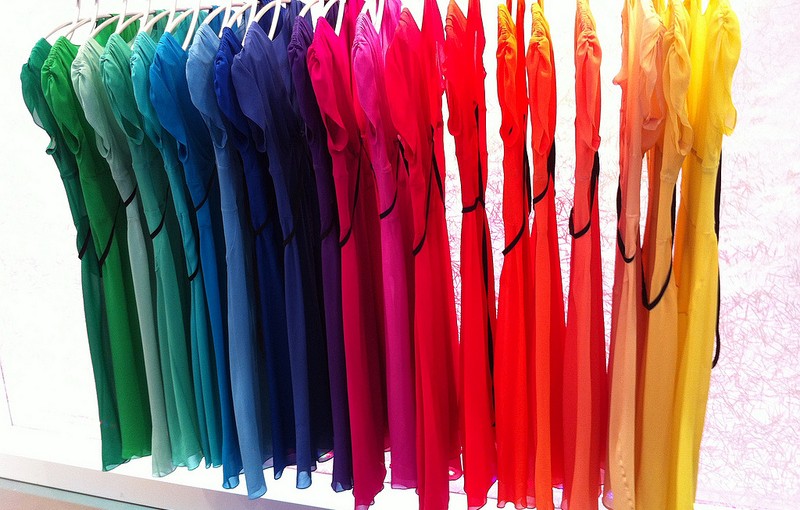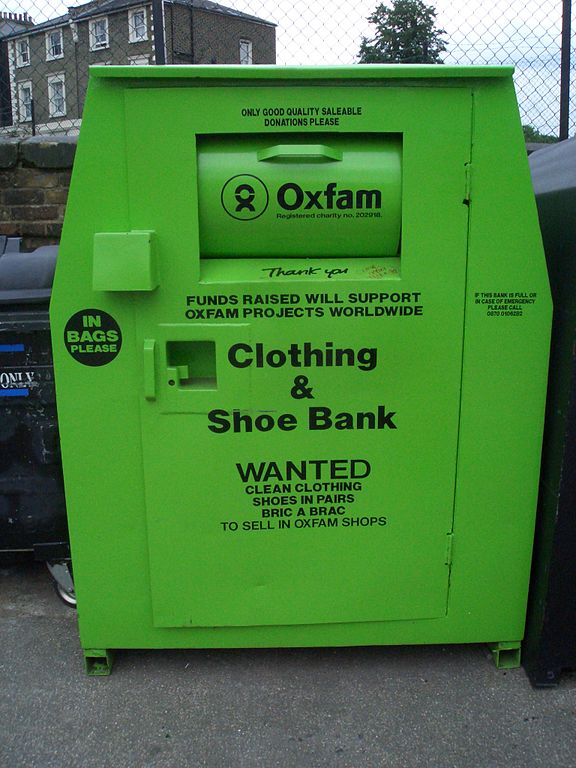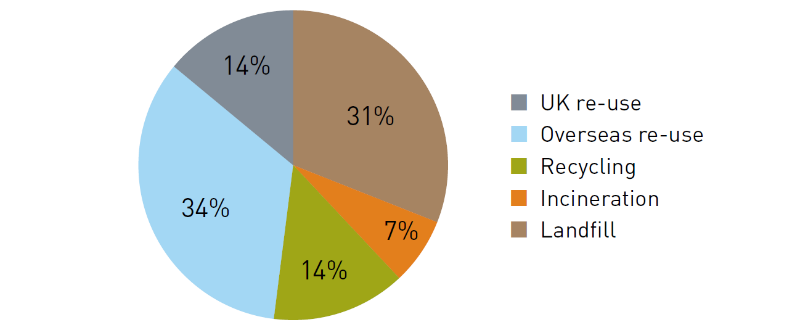
If you’re reading FaeriesDance.com‘s blog, then the chances are high that you have an interest in environmentally friendly fashion. I work for a waste management and recycling company in the UK called Forge Recycling, and we recently did some research into clothing and fashion in terms of waste, recycling, and environmental impact. We are keen to share the results with you, as we found some shocking statistics. For example, did you know that in conventional cotton farming it has been estimated that only 0.1% of applied pesticides reach the target pests, leaving the remaining 99.9% to wreak havoc on the environment? This is why shops such as FaeriesDance.com exist; organic cotton is so important for our planet. Please take a look below, and find out more about cotton farming and textile waste.
Best wishes,
Lucy Ravenhall
Content Manager, Forge Recycling
Fast Fashion and the Destruction of Developing Countries

It’s a little known fact that us Brits wear just 70 per cent of the clothes that we have stored away in our wardrobes, which leaves us with a total of 1.7 billion unused items. On average, a consumer keeps their garments for three years, but even more shocking than this is the fact that something might be frequently worn in the first year, and then phased into the stockpile of unworn clothes later on. That is why the average British closet is so overstuffed: we don’t wear all of the clothes we own.
The spending habits of the average person in the West have changed dramatically over the last hundred or so years when it comes to buying clothing. Between 2002 and 2003, for example, people in the US spent, on average, four per cent of their income on clothes, whereas back between the years of 1934 and 1946, clothing used up 12 per cent of people’s incomes. The current average expenditure per item in the USA is $14.60. Don’t go thinking that we are all consuming less though. On average, just one person in the UK will produce 70 Kg of textiles waste per year – that is a lot of clothing. Cheap, fast fashion means we are spending less yet buying more.
So, what will happen after you clean out your closet?
The best way to rid your wardrobe of unwanted clothes is to donate them to a charity shop, as this generates revenue for the charity.
Donated garments are sold in charity shops, but any clothes that aren’t sold will be resold to the used-clothing industry. These clothes are sorted into piles based on potential markets (type, condition of the clothes, and fabrics). The sorting process is actually quite labour-intensive because it is often done by hand. After sorting, the clothes will be distributed all over the world, but in fact, most of them end up in countries such as Poland, Ghana, Kenya, and Benin. So, what begins as a charitable donation can end up as a trading commodity.
Although this process is good for the charity, it could be argued that this process destroys the textile industries of importing countries. In fact, as a result of this issue, over 30 African countries have actually prohibited import embargos of used clothes.

Destinations of end-of-life clothing (Wrap)
From the sorting process, there will also be unwearable garments left over. These are sold to “shoddy industries”.
These industries disassemble garments into shreds, fibre or rags. It is a mechanical process that breaks down clothes with carding machines into fibre components; producing less material than before. These materials are then used as a stuffing in coffins, mattresses, and upholstery. An innovative company, IRIS Industries, is currently using these shredded materials and converting them into furniture or countertops.
Click here to continue reading the full article at Forge Recycling.
